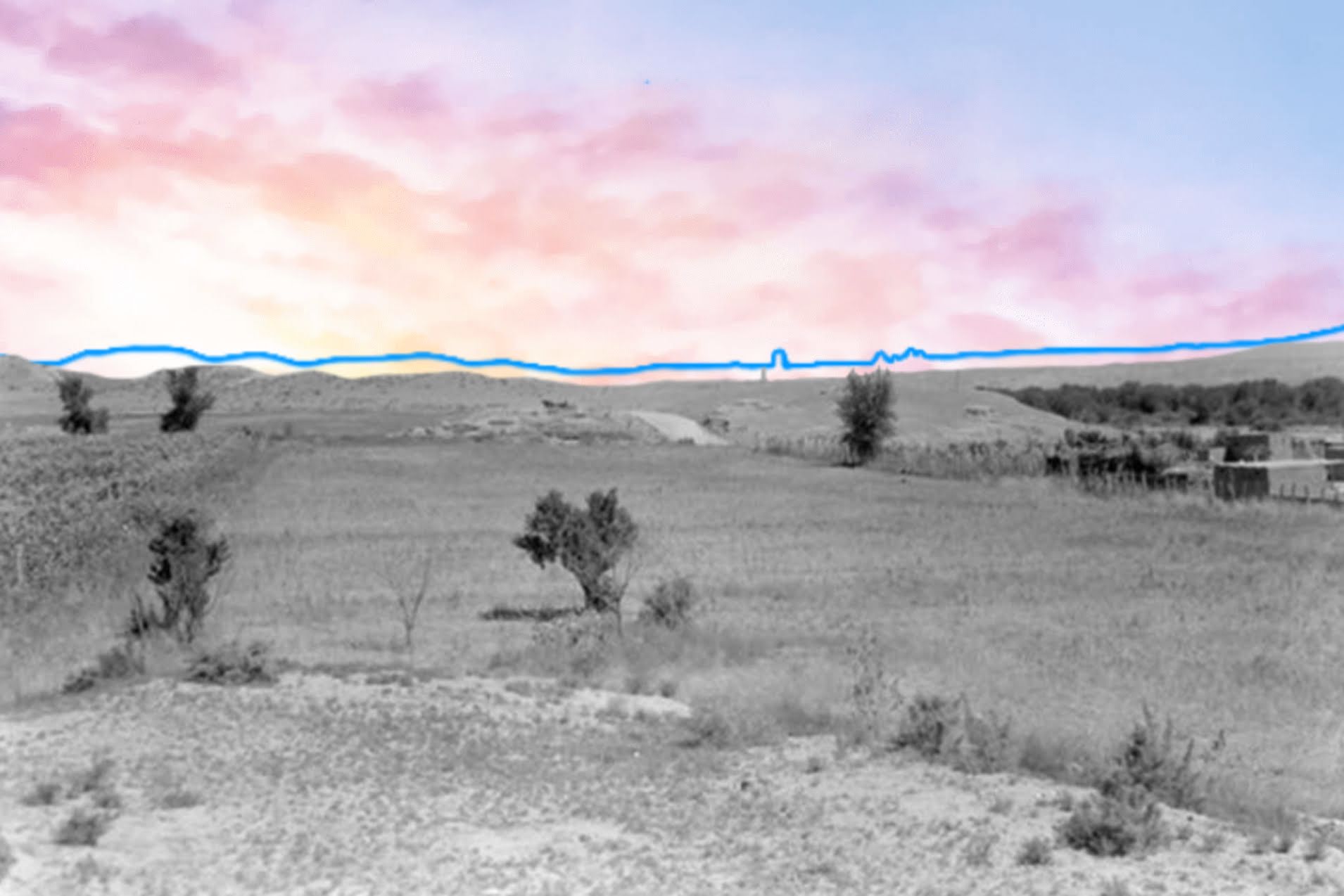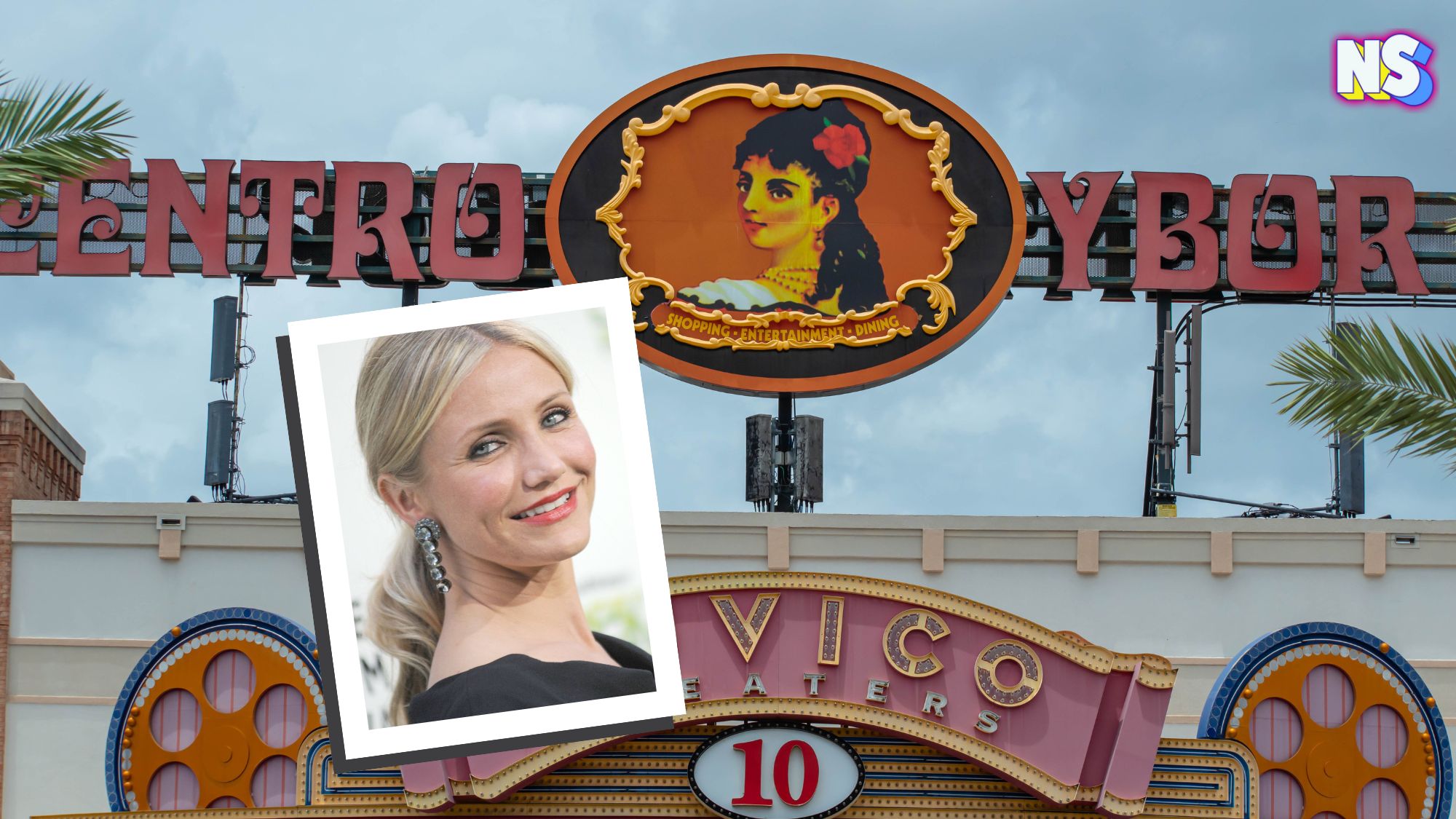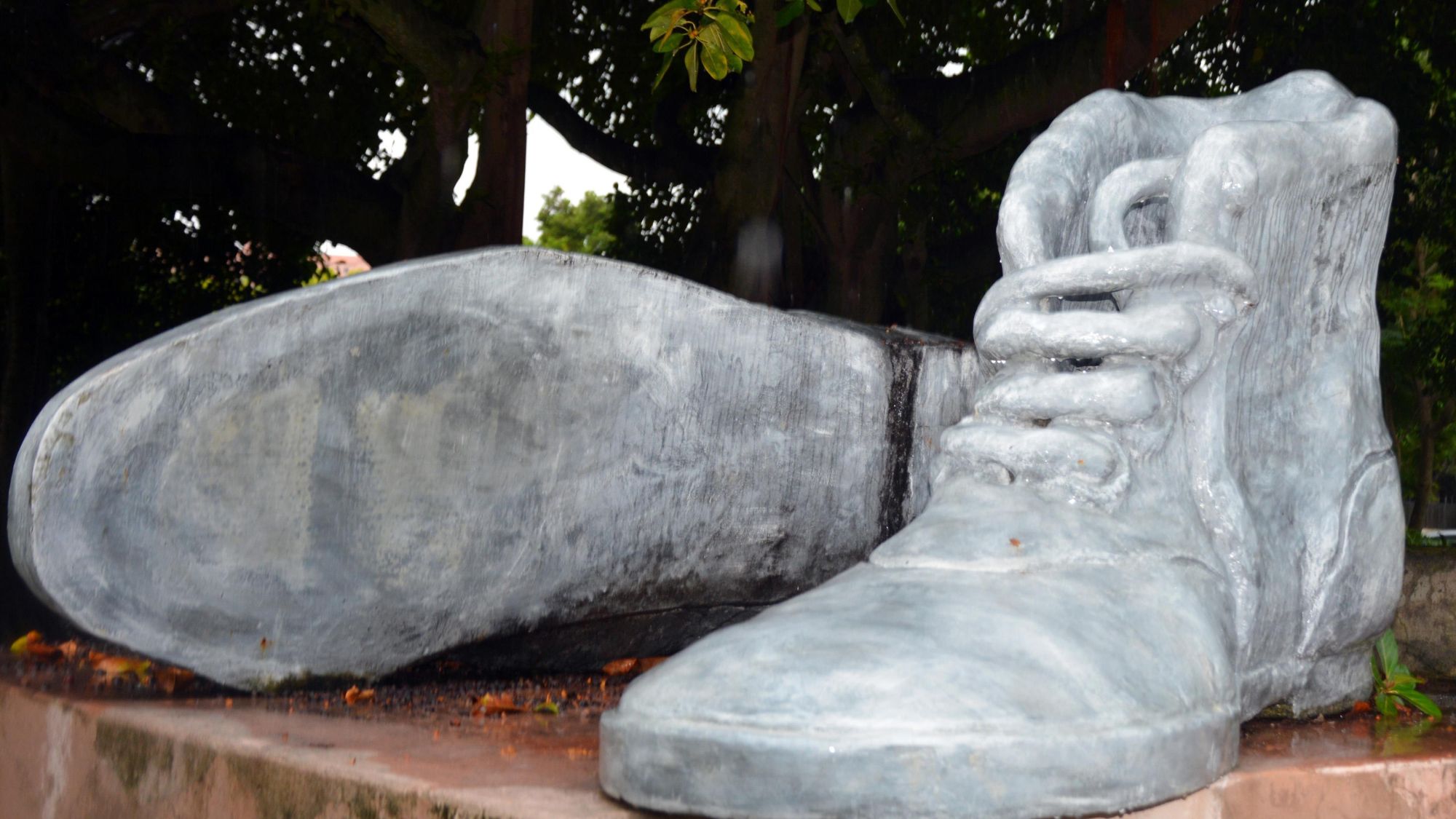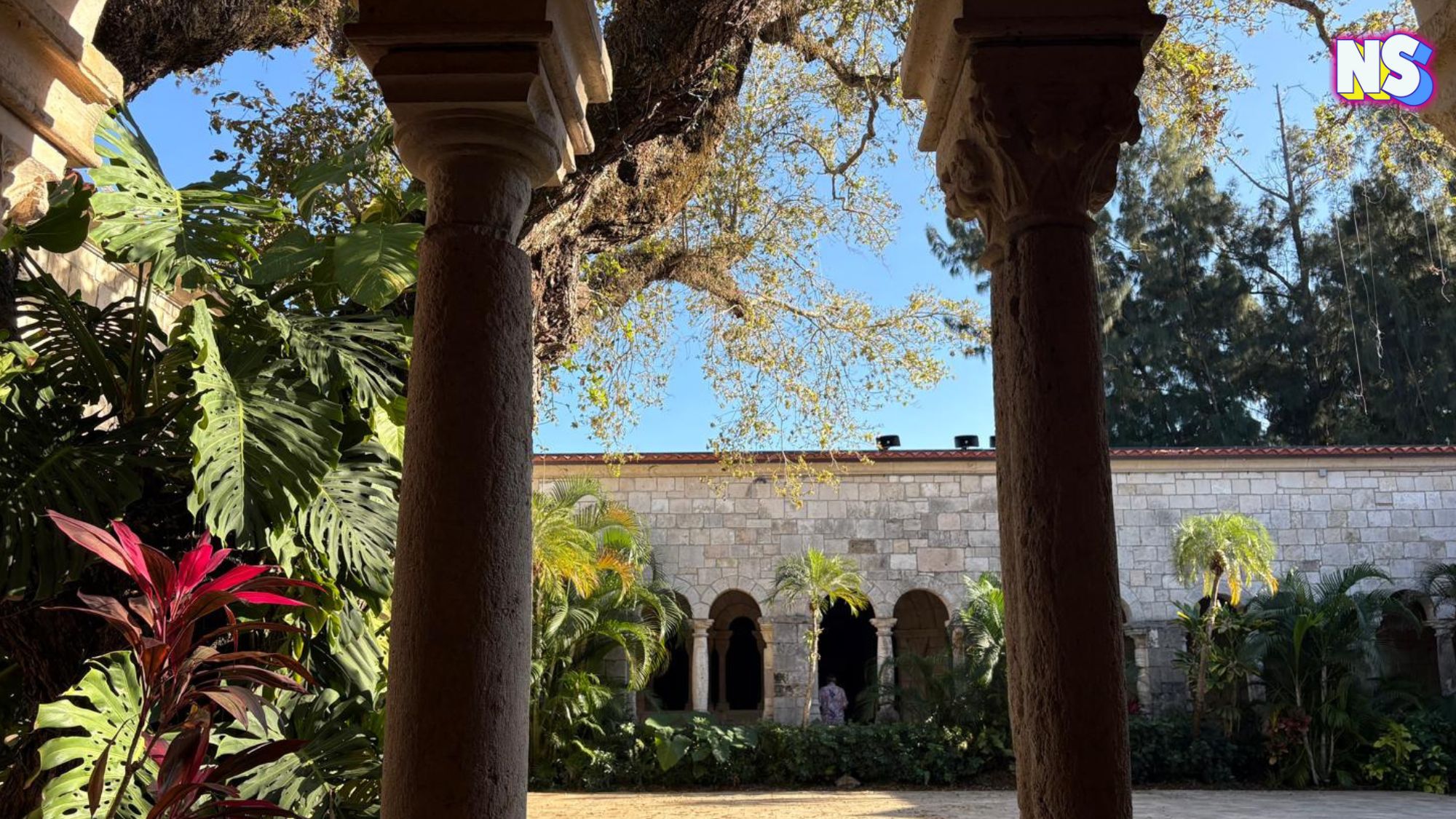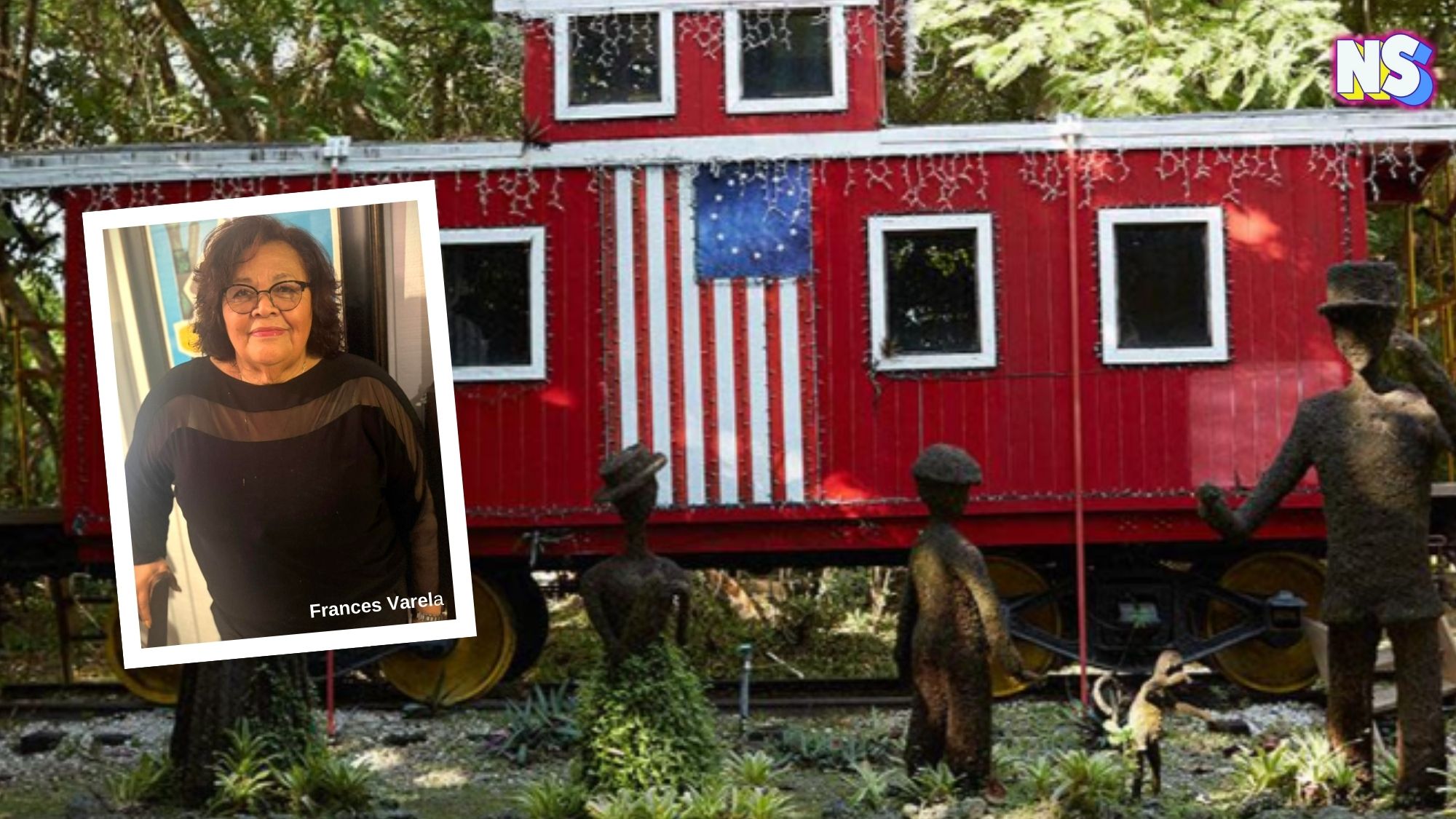Image courtesy of Nuestro Stories.
Once the Spanish were finished colonizing Mexico, they began to stretch their reach further, with aims on the area known as New Mexico, with the first incursion beginning as early as 1540 when Vazquez de Coronado began his first destructive exploration of the Pueblo land.
As he could not get a hold of the area and continued, it would be almost 60 years before the Spanish were successful in getting a stronger foothold, with Don Juan de Oñate founding the first settlement in the area.
Oñate, who had been hand selected by the Spanish to act on behalf of the Catholic church’s interests in regard to colonization, deemed San Juan de Los Caballeros as the first European capital of New Mexico. About a year later, after the Spanish outgrew the area, the new capital of San Gabriel de Yunque-Ouinge was founded. In San Gabriel, Oñate became the first European governor of New Mexico.
The site would become the northernmost territory in Spain’s newly formed empire. Oñate assigned Franciscan missionaries to each of the pueblos in the area, “requesting” the Indigenous’ allegiance to the Spanish, thus birthing the spread of missions in the area.
On top of forced religion, the Spanish also introduced a feudal taxation system known as encomienda, which forced each household in the pueblo to pay an annual penance in the form of material goods. If they could not provide, the Spanish would then force the male head-of-household to join a militia force that was tasked with defending the land against raiding Plains tribe members, who at the time were the biggest threat to the missions. Those unable to fight would be forced into slavery. Including women and children.
Furthering the animosity between missionaries and outside tribes, Oñate sent a 70-man cadre of soldiers to lay attack on the Acoma after warriors from the tribe killed a small group of Spaniards who trespassed on the Acoma’s land to find food. Among the men killed were Oñate’s nephew Juan de Zaldivar. Oñate ordered his men to demand the surrender of the warriors responsible. When the tribe refused, the 70 men laid siege and captured Acoma.
Not long after, Oñate was removed from power and banished from New Mexico.
As it stands now, there are very few signs that San Gabriel de Yunque-Ouinge pueblo existed, beyond the mounds and hills indicating that there were once structures now buried beneath layers of sediment. The area is now a National Historic Landmark.
Fun facts:
- San Juan is the name the Spaniards used to refer to Ohkay Owingeh pueblo, but in recent years the pueblo people have quite understandably gone back to their traditional name
- Among many mistreatments of natives, Oñate was responsible for the Acoma Massacre in which Spaniards killed some 800 men, women, and children of Acoma pueblo (southwest of Albuquerque). After the battle, Oñate enslaved many survivors and amputated the right feet of twenty-four Acoma men.
Things to know before you go:
- The San Gabriel de Yunque-Ouinge landmark is located just west of the Rio Grande on NM State Road 74.
- The Plaza de Española has a San Gabriel replica that visitors can tour. You can visit their website here for more information.

